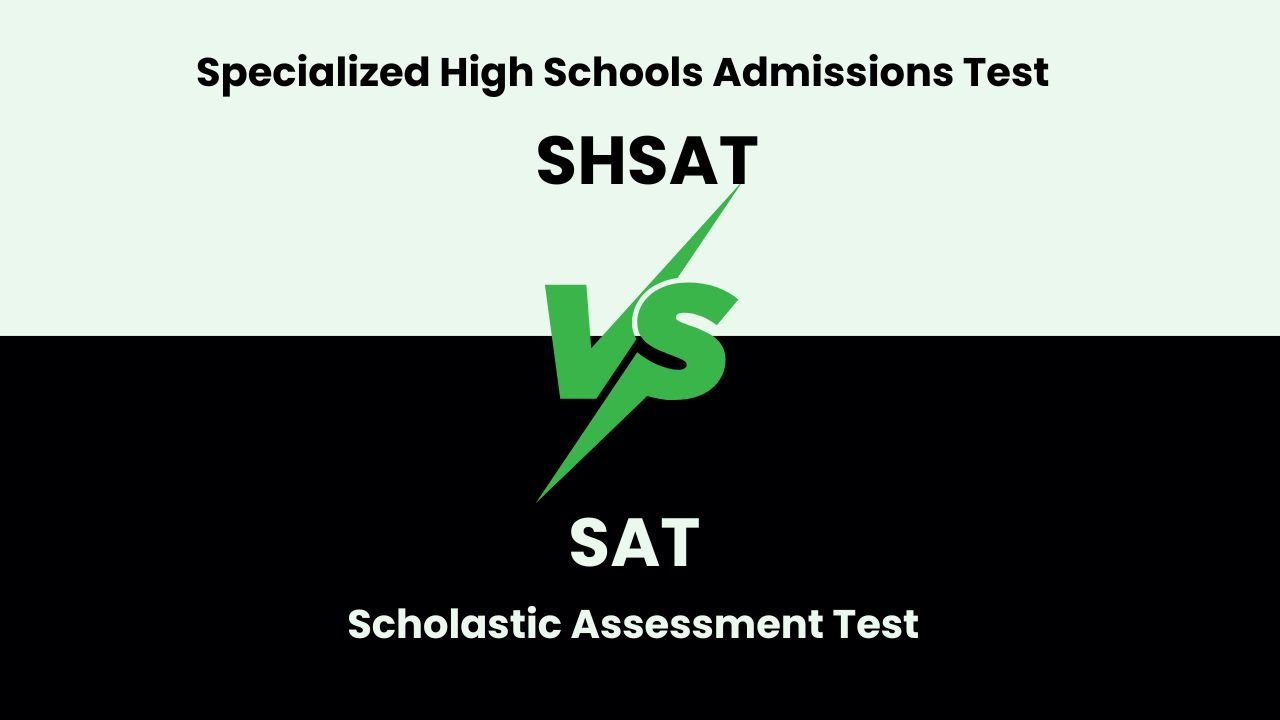When high school students want to go to college, they have to take the ACT. This standard test will determine how well the students are prepared for college-level education and can manage stress. However, effective preparation for the ACT will include the information about ACT sections. When students know what’s on the ACT, then they will have a better idea regarding ACT prep. This post will explain what is on the ACT, its format, and its sections. Continue reading the following for more information.
ACT Sections Overview
There are five sections on the ACT: English, math, reading, science, and writing. The full test will be completed in 3 hours and 35 minutes, with each section timed separately. Students will get 2 short breaks in between the math and reading tests and one before the writing test.
Here is detailed information about the ACT format.
ACT English
For the ACT English section, students will need to complete 75 multiple-choice questions. They will need to complete it in 45 minutes. This section will include the reading of 5 passages of different types. Each passage is associated with 15 questions. Students take the ACT English test to see if they understand written English and English conventions.
Test-takers also get “reporting categories” scores, which reflect their performance in three areas: Production of Writing, Knowledge of Language, and Conventions of Standard English Grammar, Usage, and Punctuation. A total of 23 questions, 12 questions, and 40 questions are about these three English section reporting categories. There are raw and percentage scores for all ACT multiple-choice sections (the number of correct answers divided by the total number of questions).
ACT Math
The ACT Match section includes 60 multiple-choice questions that you have to complete in 60 seconds. These questions are divided into three categories.
Preparing for Higher Math (35 questions)
Integrating Essential Skills (25 questions)
and Modeling (22 questions). It’s a combination of the other two categories.
The higher math category is subdivided into numbers and quantity (5 questions), Algebra (8 questions), Functions (8 questions), Geometry (8 questions), and Statistics & Probability (6 questions).
In total, test-takers will get eight reporting categories for the math section (plus the overall section score of 1-36). Math skills are evaluated in this section of the ACT, which they will attempt in grade 12.
ACT Reading
The ACT reading section will require the students to demonstrate their ability to understand the written texts by answering the 40 multiple-choice questions in 35 minutes. The reading assessment reporting categories are key ideas and details (24 questions). Other parts include Craft & Structure (11 questions), and Integration of Knowledge and Ideas (5 questions).
The reading assessment has four-part structures where each part is based on either a longer passage or two shorter sections. This comprehension is based on the reading level of the first year of college class. There’s stuff from the humanities, natural sciences, and social studies.
“Understanding Complex Texts” is a broad category that rates test-takers in addition to the reporting category scores and the overall ACT section score. According to the ACT, this rating comes from a subset of reading test items that assess your ability to figure out the central meaning and purpose of increasingly complex texts.
ACT Science
The ACT science section comes with 40 questions with 35 minutes of assessment. All questions are multiple-choice questions. The skills evaluated in this section include interpretation, problem-solving, analysis, and reasoning. The reporting categories include:
Interpretation of Data (16 questions),
Scientific Investigation (10 questions),
Evaluation of Models,
Inferences,
Experimental Results (14 questions).
Question types include reading passages and visual representations of information (graphs, charts, tables). The ACT science exercises cover biology, chemistry, physics, and earth science, and are designed to prepare students for university-level introductory science courses. Applicants must have taken three years of science classes in secondary school.
ACT Writing
The composite score is based on Math, Reading, English, and Science sections. The writing test is optional and usually scored separately. There is a 40-minute essay response in the writing test that comes under a prompt with three perspectives.
Students who take the test give their opinions, connecting them to at least one viewpoint. Two graders evaluate essays on a 1-6 scale in four areas: Ideas and Analysis, Development and Support, Organization, and Language Use and Conventions. The scores for each area can be from 2 to 12; the total Writing score is calculated as an average of these points (approximate). The writing test does not affect the composite score.
When Is ACT?
Here’s the information formatted into a table:
| Test Date | Regular Registration Deadline | Late Registration Deadline | Photo Upload and Standby Deadline |
|---|---|---|---|
| February 8, 2025 | January 3, 2025 | January 20, 2025 | January 31, 2025 |
| April 5, 2025 | February 28, 2025 | March 16, 2025 | March 28, 2025 |
| June 14, 2025 | May 9, 2025 | May 26, 2025 | June 6, 2025 |
| July 12, 2025 | June 6, 2025 | June 20, 2025 | July 4, 2025 |
Note: The July 12, 2025, ACT dates and deadlines may not be available in all locations.
How Long is the ACT Test?
The ACT has four multiple-choice tests in English, math, reading, and science. It takes 2 hours and 55 minutes to complete the four multiple-choice sections. If you include a 5-minute break then the total time is 3 hours.
Bottom Line
Knowing what’s on ACT will help you to prepare effectively. Focusing on the areas where you are lacking will help you in ACT Test Prep way better than you may have expected. In this post, we added details about the ACT section and what you can expect from the SAT. Aim for the ACT prep strategically, and for better ideas, counseling, and guidance, visit an IVY learning. We are here to guide you about college admissions and guides.









